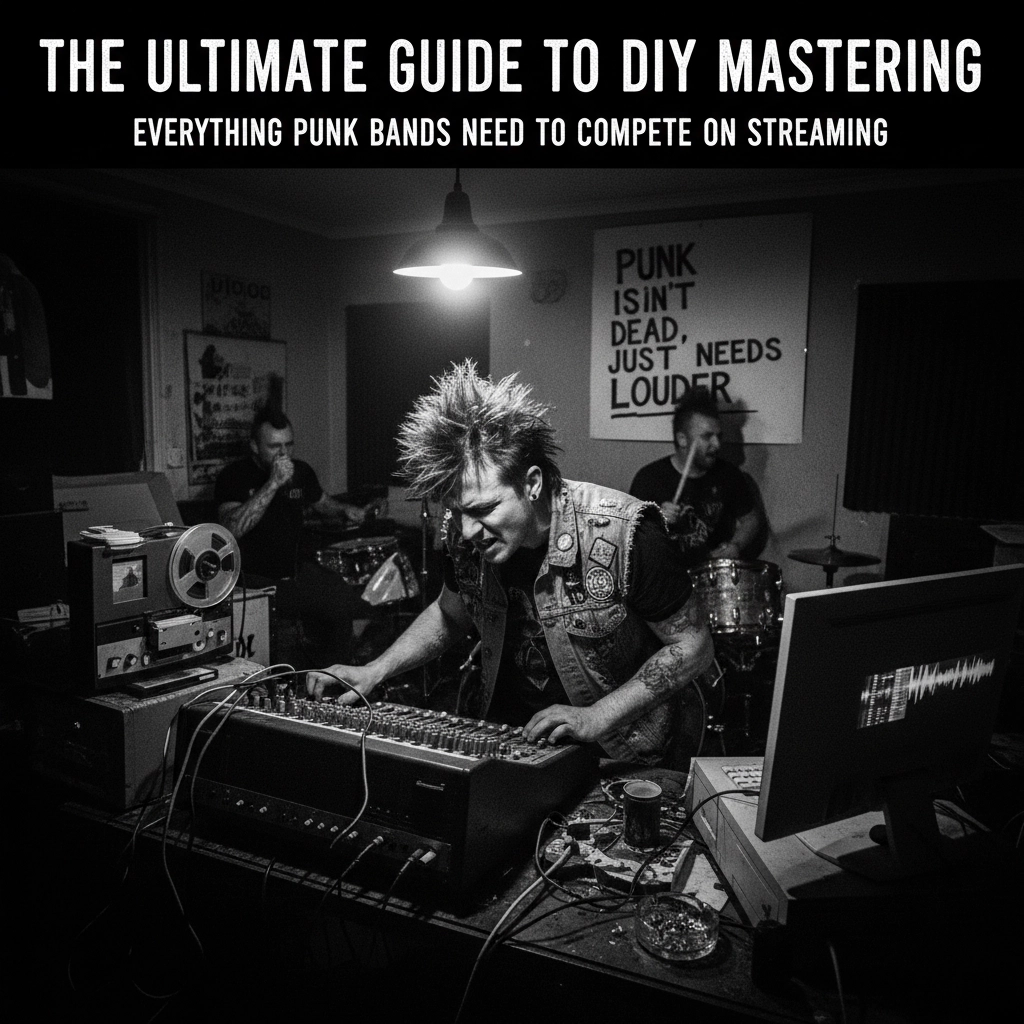Unlock your inner audio wizard with these 10 hilariously helpful audio mixing tips for home...
What Defines the Modern Pop-Punk Sound?
Dive into the electrifying world of modern pop-punk, exploring how its sound has evolved from the raw, energetic beats of the early 2000s to today's more polished and diverse sonic landscapes.
Digging into the Roots: The Explosive Pop-Punk Scene of the Early 2000s
The early 2000s were a blast for pop-punk, with bands like Blink-182, Green Day, and Sum 41 dominating the scene. Think fast tempos, catchy tunes, and that raw, unpolished vibe we all love. Simple yet powerful guitar riffs, driving bass lines, and punchy drum beats were the name of the game. Lyrics? All about teenage angst, rebellion, and the struggles of growing up.
What set this era apart was the DIY spirit - bands recording in home studios or smaller, indie spots. This added to the authentic feel that fans couldn't get enough of. While punk rock's influence was clear in the aggressive playing style and straightforward song structures, the pop elements made the music more appealing to a wider audience.
Tech Innovations and How They've Shaped Pop-Punk
As technology advanced, the production quality of pop-punk music also leveled up. Thanks to digital audio workstations (DAWs) and top-notch recording equipment, bands were able to achieve cleaner, more polished recordings. Auto-tune and pitch correction became the norm, ensuring flawless vocal performances. These tech upgrades opened up a world of possibilities for bands to play around with different sounds and production techniques.
The rise of social media and music streaming platforms had a huge impact on the genre as well. Bands found it easier to connect with a global audience and new artists faced fewer barriers to entry. This shift towards a more inclusive music production and distribution landscape led to a diverse array of sounds and influences within the pop-punk genre.
Essential Components of the Modern Pop-Punk Sound
Today's pop-punk vibe is on another level, seriously. While we still groove to those catchy melodies, high-energy tempos, and lyrics we can all relate to, modern pop-punk is a melting pot of influences and production tricks. You'll hear a mix of electronic elements like synths and programmed drums alongside the classic guitar, bass, and drums setup.
And let's talk vocals - they're smoother and more layered nowadays, with a keen eye for harmony. Lyrics have gone beyond just teen angst to explore mental health, social issues, and personal growth. The production game is strong, with a laser focus on mixing and mastering for a seamless and impactful listening experience.
Mixing it Up: How Other Genres Shape Modern Pop-Punk
Modern pop-punk has been spiced up with a mix of different genres, giving it a more dynamic and diverse sound. You can catch hints of emo, indie rock, and even hip-hop in today's pop-punk tracks, adding a fresh twist to the genre. Collaborations with artists from various musical backgrounds are becoming more common, injecting new life into pop-punk. Whether it's featuring guest vocals from hip-hop artists or teaming up with electronic music producers, these genre mash-ups are keeping pop-punk on its toes and pushing boundaries.
What Lies Ahead for Pop-Punk: Trends and Forecasts
Looking ahead, the future of pop-punk is looking pretty rad with endless possibilities on the horizon. The genre is set to keep on evolving, mixing in even more diverse influences and pushing the boundaries of what pop-punk can achieve. And with technology constantly advancing, artists will have a whole new playground of tools and techniques to play with.
Plus, there's this growing wave of nostalgia for that early 2000s pop-punk sound. Who knows, we might just see a revival of that raw, high-energy style that once ruled the scene. But don't worry, modern pop-punk bands aren't stuck in the past - they're all about tackling contemporary issues and themes to keep things fresh and relatable for the next wave of fans.





